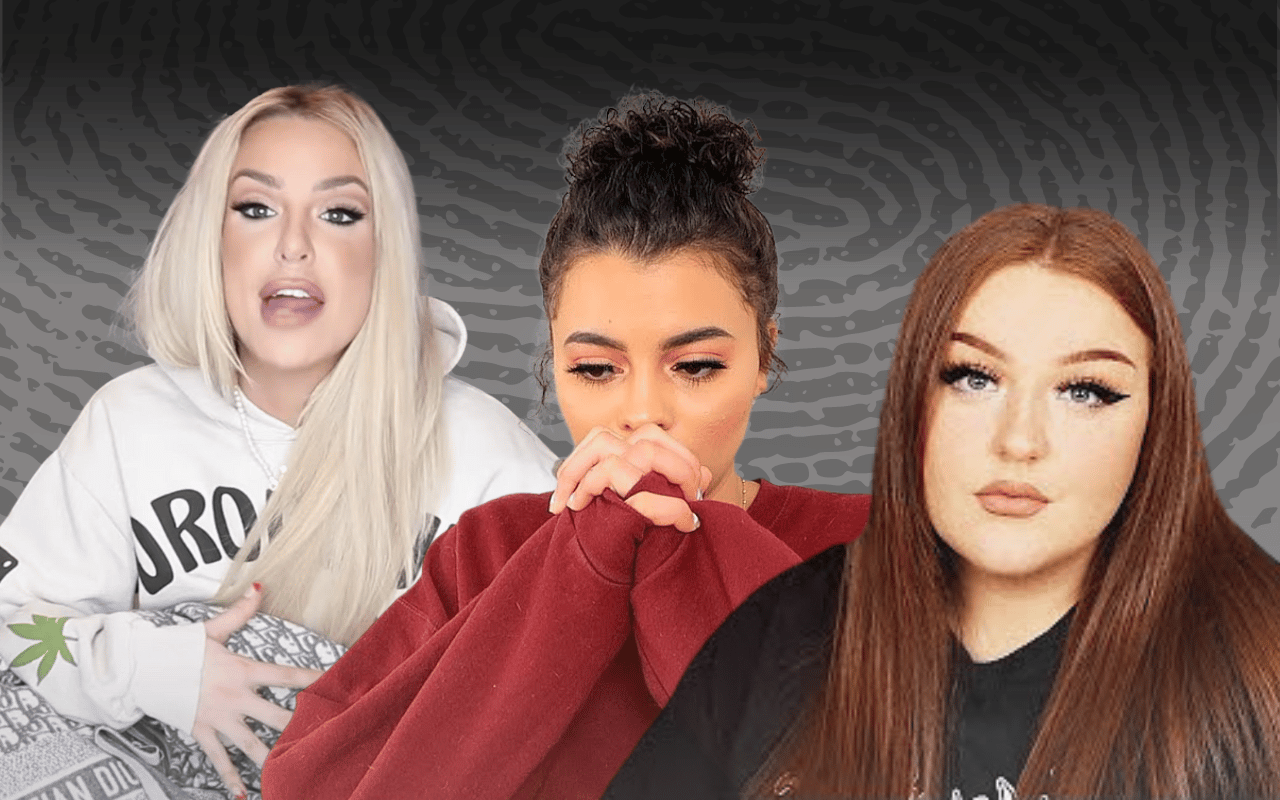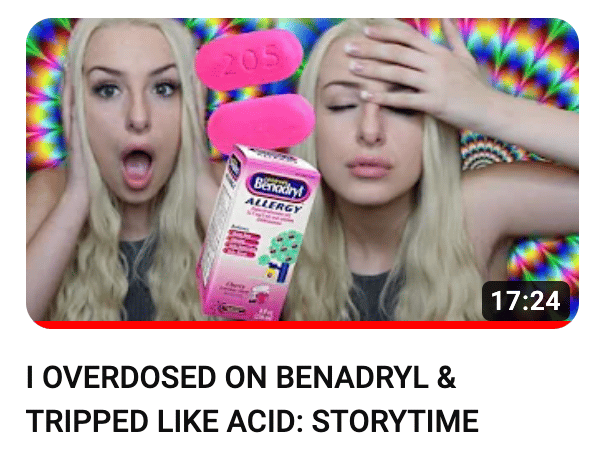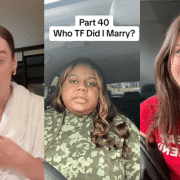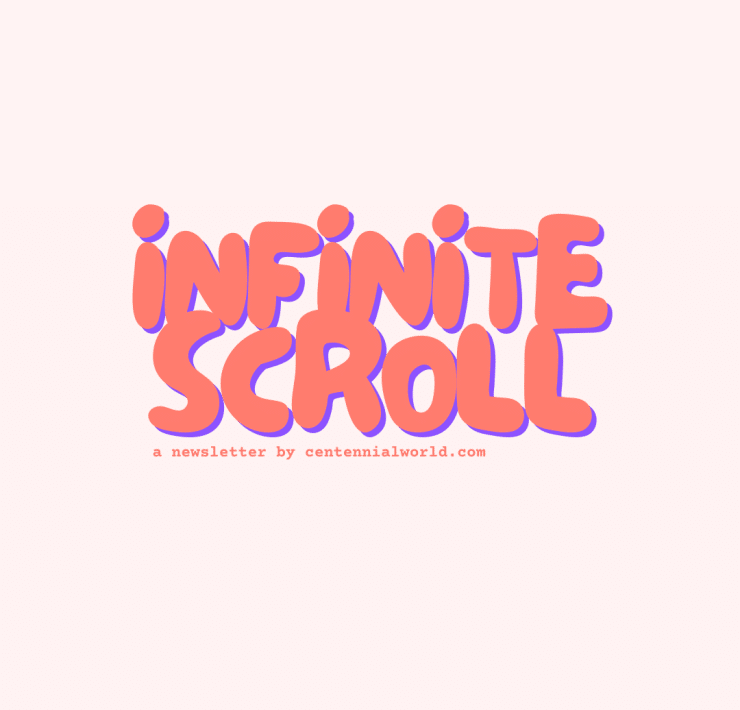
There is no denying that YouTube has gone through many vibe shifts.
From the beauty community to the rise of relatable personalities online, the videos and influencers favoured by viewers have changed over the years. But one genre has never lost its appeal: true crime. From TV shows and podcasts spotlighting tragic cases and inhumane criminals, tapping into the true crime treasure trove is easier than ever. I mean, we have all heard enough about Netflix’s Dahmer at this point.
But in no way is the fascination with the macabre constrained to mainstream media. In recent years influencers have started breaking down some of the world’s most gruesome crimes, embracing their inner armchair detective. We have seen the likes of Bella Fiori pivot from her beauty content to true crime videos in her “Mystery Monday” series. Meanwhile, other creators, like Eleanor Neale and Kendall Rae, have racked up millions of subscribers for their sometimes hour-long videos covering the most controversial solved and unsolved cases.
This genre of content has even made its way to TikTok. At the time of publication, #TrueCrime has accumulated over 20.3 billion views, with other tags like #TrueCrimeTikTok at 5.7 billion. While these hashtags are not associated with a particular audio or trend, users tend to relay the facts of famous crimes and share prominent conspiracy theories. Nevertheless, we need only cast our minds back to the devastating murder of Gabby Petito to recognise how fictionalising true crime can compromise ongoing investigations and hurt the victims’ families.
In the comments of this viral Gabby Petito video you’ll see literally thousands of people convinced they are part of solving a crime.
— Abbie Richards (@abbieasr) September 19, 2021
There is no skepticism regarding the accuracy of a random TikTok video and there is no awareness that this behavior might be in poor taste. pic.twitter.com/iCwS5nFzfx
While this style of content is undoubtedly off-putting, the fact that creators continue to succeed within this genre begs the question: why are online audiences so captivated by true crime? It’s safe to assume that morbid curiosity plays some sort of role. However, there is also something to be said about the way popular content has evolved in the viral space, particularly the “storytime era” on YouTube.
The Rise of the ‘Storytime’
Let’s take it back to 2015. The adpocalypse is yet to cripple YouTube, the consumption of long-form content is at an all-time high, and the recommended page is a barrage of neon thumbnails and clickbait. It was in this context that YouTube’s storytime genre emerged.

In a video titled, ‘let’s discuss the STORYTIME era | Internet Analysis,’ commentary creator Tiffany Ferg breaks down this time in YouTube history. Focusing on the rise and fall of storytimes, Tiffany summarises the good, bad and ugly of this genre. But first, she recaps the characteristics of the most popular storytellers and outlines why these creators were so successful.
“While some storytellers were more on the chill end, somebody who was comforting and relaxing to listen to… the top storytime creators were typically very charismatic, funny, a bit sarcastic,” Tiffany explains. “There was a distinct physical and vocal performance during this era.”
These creators were unabashed, unfiltered and brutally honest. As storytellers like Tana Mongeau and The Gabbie Show started sharing their bad dates stories and nightmare roommate experiences, Gen Zs became obsessed with this type of content. With this demographic in middle and high school, these influencers became big sister figures for many viewers.
“Tana Mongeau is often touted as the blueprint of the storytime era,” Tiffany goes on to say. “Compared to some other popular female creators like Alisha Marie, LaurDIY, MyLifeAsEva who were appealing to younger viewers via sanitised, Disney-fied, PG-13 kind of videos… [Tana] captivated her audience with a very different approach.”
i turned out pretty okay considering that i mainly consumed tana mongeau storytime videos from ages 12-16
— marta (cilantro girl) (@hatsunemarta) August 3, 2022
Scrolling through Tana’s uploads and finding titles like “THE FIRST TIME I SMOKED WEED” and “THE FIRST TIME I GOT BLACKOUT DRUNK,” it’s clear she personifies the candour that came with this era. And while Tana is famous for partying and her wild lifestyle, she initially went viral for her stalker stories.
On July 22, 2015, Tana uploaded the first instalment titled, “MY CREEPY STALKER STORY,” which has since garnered over 4.5 million views. She has posted updates on the situation over the years, and in the most recent video, she exposed her stalker’s identity to her 5 million subscribers. However, as Tana shared her stalker storytimes, the more sceptical fans became, with many viewers claiming she embellished the truth for clout.
While sharing personal experiences online provides a sense of community and comfort for users, videos like Tana’s stalker series help us understand the dark side of storytime-style content. Throughout this era, we watched as creators were pressured to tell painful stories for clicks and views. And with the YouTube storyteller defined by their charm, distress and trauma were often hidden by jokes and self-deprecating humour.
The ‘Storytime’ era has informed how we consume True Crime content
The storytime era ushered in a cultural reset. Family-friendly content was out, and ‘inappropriate’ and ‘darker’ content was in. As storytellers like Tana normalised these types of videos, it became easier for true crime to seep into viral culture like never before. Thinking back, some of the most famous storytimes on YouTube were true crime adjacent. As Tiffany notes, “[the] specific topics that were very, very popular for storytime [were] anything involving stalkers, kidnapping, or being trafficked.”
Today’s true crime content almost feels like a relic from YouTube’s storytime era. First, the format is similar, with creators sitting alone in their room chatting to the camera. “True crime influencers have cultivated parasocial relationships,” Aeriel Pearson explains in The Slate. “They’ve made their subscribers feel like family. The accessibility of true crime content has reduced victim’s stories to background noise for long drives and workout sessions.”
By communicating every detail and event to the viewer chronologically and predictably, true crime videos even have a sense of familiarity. For instance, the video will typically begin with a YouTuber describing the childhoods of both the victim and the perpetrator. Next, true crime influencers discuss the offences that landed the criminal in jail, often including brutal details. Finally, to conclude the video, the creator may discuss how the perpetrator got caught or outline the conspiracy theories around unsolved cases.
With these creators keeping narratives digestible and binge-worthy, we listen to the brutality of these crimes without even batting an eye. Instead, we remain fascinated with why these perpetrators commit such crimes, where viewer theories flood comment sections of every video. As true crime influencers seek to create the perfect ‘storytime’, an alarming slippery slope looms — one that allows for the complete commodification of trauma at the expense of privacy and empathy online.


